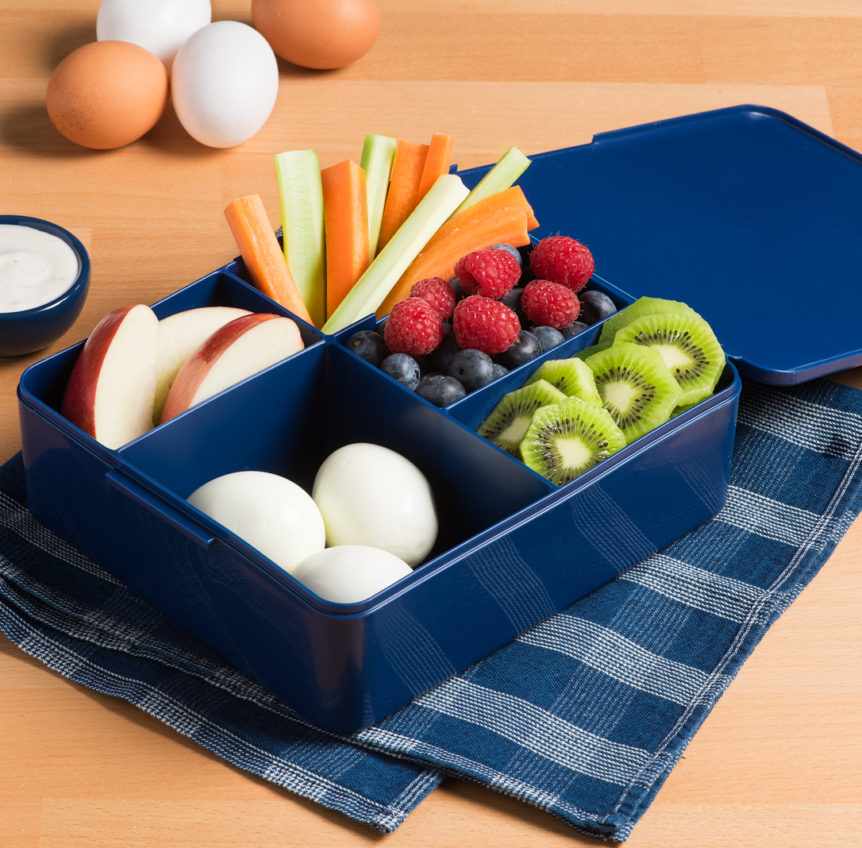In the realm of culinary artistry, few traditions captivate the imagination and taste buds quite like the Japanese bento box. Originating from Japan centuries ago, the bento box has evolved into a symbol of culinary excellence, cultural tradition, and meticulous craftsmanship. This iconic lunchtime staple not only delights with its vibrant colors and intricate arrangements but also offers a harmonious blend of flavors, textures, and nutritional balance. Let us delve into the enchanting world of the Japanese lunch box and uncover the secrets behind its enduring allure.
A Glimpse into History To truly appreciate the significance of the bento box, one must journey back through the annals of Japanese history. The concept of portable meals can be traced back to the Kamakura period (1185–1333), where travelers and warriors relied on simple provisions for sustenance during their journeys. However, it was during the Edo period (1603–1868) that bento culture began to flourish, fueled by the rise of urbanization and the emergence of bustling markets. Bento boxes, initially humble wooden containers, gradually evolved into works of art as artisans infused them with intricate designs and craftsmanship. Over time, the bento box transcended its utilitarian origins to become a cultural icon, symbolizing not just nourishment but also creativity and cultural identity.
The Art of Arrangement Central to the allure of the Japanese bento box is the meticulous art of arrangement, known as “kyaraben” or character bento. Every bento box is a canvas, and the skilled bento artisan, or “bentōka,” employs a keen eye for aesthetics and balance to create visually stunning masterpieces. From adorable animal shapes to intricate landscapes, the possibilities are as limitless as the imagination. Each element is carefully selected and arranged to create a harmonious composition that delights both the eyes and the palate. Beyond aesthetics, the arrangement also serves a practical purpose, ensuring that ingredients are evenly distributed and flavors complement each other.
Nutritional Harmony While the bento box delights with its visual appeal, it also excels in providing a balanced and nutritious meal. Traditional bento boxes typically consist of multiple compartments, allowing for a diverse array of dishes to be included. A typical bento often features staples such as rice, protein in the form of fish or meat, pickled vegetables, and side dishes like tamagoyaki (rolled omelet) or nimono (simmered dishes). This thoughtful combination ensures a balance of carbohydrates, proteins, vitamins, and minerals, making the bento box not just a feast for the eyes but also a wholesome meal that nourishes the body and mind.
Conclusion In essence, the Japanese bento box is much more than a mere container for food—it is a cultural phenomenon, a culinary art form, and a testament to the meticulous craftsmanship of its creators. From its humble origins to its status as a globally recognized symbol of Japanese cuisine, the bento box continues to captivate hearts and palates around the world. With each meticulously arranged ingredient and carefully crafted design, it offers a glimpse into the rich tapestry of Japanese culture and culinary heritage. So, the next time you unwrap a bento box, take a moment to appreciate the centuries of tradition and craftsmanship that have gone into creating this culinary masterpiece.

